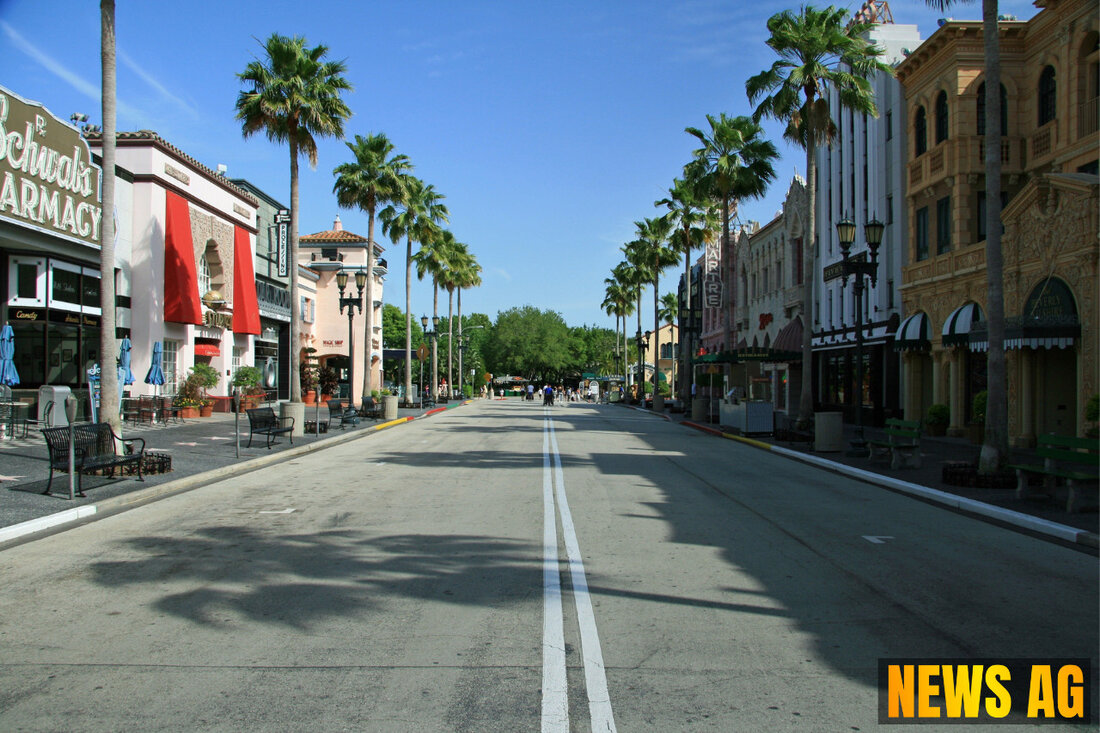Colombia's Armed Groups Surge Amidst Failed Peace Efforts: A Crisis Unfolds
Explore the rise of illegal armed groups in Colombia amid peace efforts, impacting security and displacing thousands.

Colombia's Armed Groups Surge Amidst Failed Peace Efforts: A Crisis Unfolds
Under the surface of Colombia’s picturesque landscapes and lively cities lurks a troubling reality: illegal armed groups have gained strength and expanded their territories during President Gustavo Petro’s administration. This unsettling trend has contributed to a humanitarian crisis that sees over 180,000 people forcibly displaced from their homes in 2022 alone, a heartbreaking peak unseen since 2015, as reported by the International Committee of the Red Cross (ICRC).
According to a recent report detailed by The Straits Times, Colombia now finds itself grappling with an alarming increase in the membership of these armed groups. By the end of June 2023, their ranks swelled to nearly 22,000 members—up from approximately 15,120 when Petro took office in mid-2022. This represents a staggering 45% increase, surpassing the previous four-year administration’s growth rate of 17% under Ivan Duque.
The Resilience of Armed Groups
Colombia’s Defense Minister, Pedro Sanchez, attributes this rise to factions maneuvering to exploit ongoing peace negotiations. Tragically, Colombian communities continue to suffer the consequences, especially in regions like Nariño, which saw over 40,000 displaced individuals as illegal groups compete fiercely for cocaine production and trafficking routes. The dynamic in Arauca province is similarly alarming, as clashes between ELN guerrillas and FARC dissidents keep local inhabitants in constant fear, leading to more forced displacements.
The ongoing conflict has persisted for 75 years, uprooting countless families and forcing them to migrate from rural areas to urban centers like Bogotá, Medellin, Cali, and Barranquilla in search of safety and stability. Since the inception of the internal conflict back in 1948, over 8.5 million people have been affected by forced displacement, according to Colombia One.
A Long History of Violence and Displacement
The social fabric in Colombia has been torn apart by years of violence. Displaced individuals, often rural land workers, indigenous communities, and Afro-Colombians, find themselves living on the margins in precarious conditions, sometimes forming slums and illegal settlements. The numbers tell a grim story: over 5 million people currently live as displaced in Colombia, facing challenges brought on by emotional trauma and economic hardship.
Despite attempts to address this crisis, including President Petro’s “total peace” initiative which promotes dialogue and negotiation, the harsh reality is that military operations have resumed when peace talks have faltered. Critics argue these ceasefire efforts have been poorly designed, allowing armed groups to further entrench their control, according to Eduardo Pizarro, a noted conflict expert. The continuing resilience of these criminal entities largely stems from their ability to finance themselves through drug trafficking, illegal mining, and other crimes.
The plight of Colombia’s displaced remains dire. The ICRC confirmed alarming figures in 2022: 400 documented violations of international humanitarian law, with a troubling rise in the number of landmine incidents resulting in deaths and injuries. Moreover, the issue of enforced disappearances continues to weigh heavily on the nation, with the government estimating that over 126,000 people have been forcibly disappeared since the escalation of violence.
The Need for Genuine Change
As Colombia moves forward, the urgent need for a comprehensive solution to these intricate issues becomes apparent. President Petro’s administration recognizes that social inequality is a critical root cause of forced displacement, yet the struggle to implement substantial and effective change remains. With the shadow of conflict looming larger each day, will Colombia find a way to break the cycle of violence and foster a future where every citizen can feel safe and secure in their homeland?
